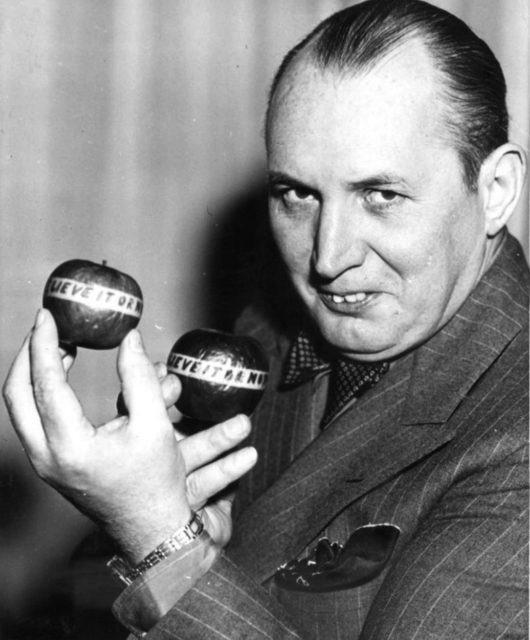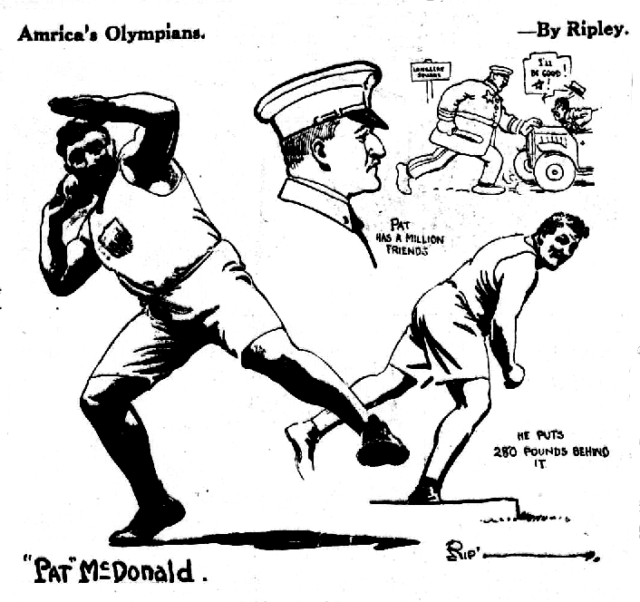Norbert Pearlroth wasn’t the reason for the existence of “Ripley’s Believe It or Not” but rather the driving force behind it.
He was the man who spent 52 years in the main reading room at New York Public Library, researching approximately 7,000 books annually. And he was wrong only once.
Born in 1893, in what is today southern Poland, in Tarnów (part of the Habsburg Empire at the time). He went to study law at the University of Krakow.
But with the outbreak of WWI, he had to abandon his studies and left for the United States in 1920.

For three years he worked in New York City as a teller in a bank and then he met Robert Ripley. By 1893, Ripley’s cartoon newspaper on sports trivia, Believe It or Not, was blossoming and he wanted to expand it with topics of general interest. Ripley needed someone who could provide the newspaper (and the world) with interesting facts and stories.

Pearlroth was the man. He spoke fourteen languages fluently and was a devoted and enthusiastic reader of books, journals, and foreign publications. And, to be even more perfect match with Ripley’s job position, above his interests and language skills, Pearlroth had an incredible memory for all the things he read.
Have you ever read the Believe It or Not newspaper? Some old issue from the late 19th century or the early 20th? Well, all the information that amused the audience were provided by one man only – Pearlroth, was worked on it for ten hours per day. He worked six days in a week and sometimes seven at the New York Public Library’s Main Reading Room.
Pearlroth’s son Arthur has said: “Everyone has always believed that all of this information was found wandering the world, but it was really found on 42nd Street and Fifth Avenue at the Main Library.” Pearlroth researched 7,000 books every year, or approximately 350,000 during his whole career.

The man had a routine in his life that could be interrupted only when he was traveling with Ripley on his exotic and highly publicized world journeys. Every day, Pearlroth would work in his office until noon, reading and answering 3,000 letters per day in which people wanted to prove him wrong.
But as he admitted, he was wrong only once – when he wrote that a man named Seaborn was born at sea when he was actually born aboard a ship at anchor in a harbor. He never had lunch, and at noon, he would go to the library and stay there until closing hours.
Even though he was always a few weeks ahead with his work, in a case when a particular topic required a broader research, he would spend the Sundays in the library. Only when the library would close, he would head home to his wife and two children. Each week, Pearlroth contributed exactly 24 items.
When Ripley died in 1949, Pearlroth had a 26-year-long career and Believe It or Not had more than 80 million readers around the world. Ripley left Pearlroth a personal bequest of $5,000 and paid for his son’s schooling. In 1949, King Features Syndicate purchased the rights to the panel and Pearlroth was still the provider for all the information and remained as such for another 26 years.

The man was a living Google; he not only he memorized all the information he read, but he was also working for the Jewish Post of New York where he provided information about the origins of Jewish surnames to the readers who wrote to him.
In 52 years, Pearlroth worked quietly, never being recognized as something more than a “Research Director.” And even though he did his job perfectly, King Features forced him to retire in 1975. However, the man loved his job and was addicted to it, so he continued supplying the panel with information despite the fact that he didn’t even receive a pension.
Pearlroth died in 1983, only a few weeks before his 90th birthday.
